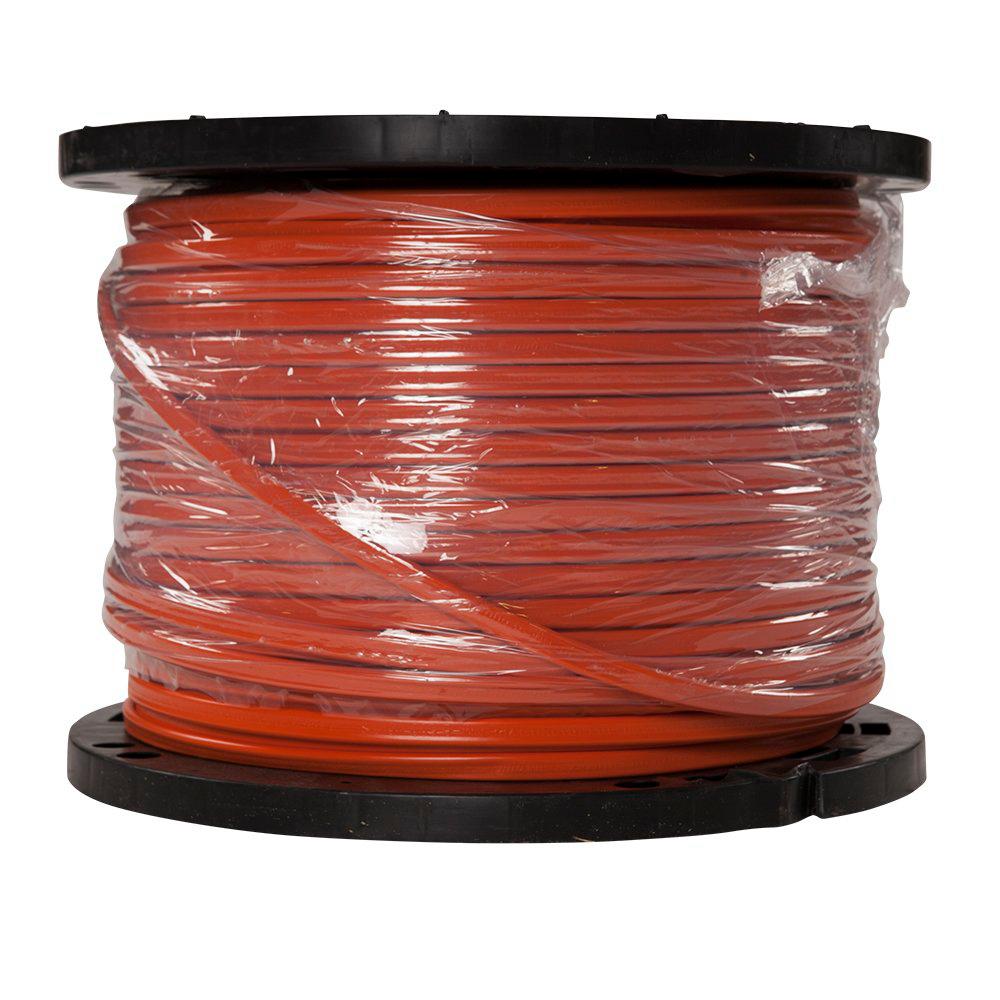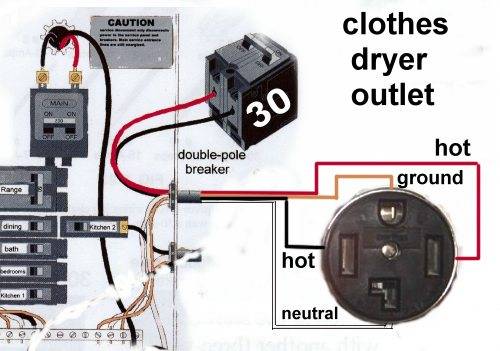

The NEC requires Romex conductors to be protected, secured, and clamped to other electrical equipment.
#Romex wire code
National Electric Code (NEC) Requirements

Romex also complies with UL Standard 83 and 719 as well as the Registration, Evaluation, Authorization, and Restriction of Chemicals (REACH) regulation. Its suitability for many applications is due to compliance with specifications such as ASTM International B-3 and B-8, Restriction of Hazardous Substances (RoHS), and National Fire Protection Agency (NFPA) 70. Romex wire is supplied with two or three conductors, in sizes from 14 American Wire Gauge (AWG) to 2 AWG. In a dry environment, Romex NM-B wire has a tolerance for temperatures up to 194℉. The design and construction of this type of wire support a rating of up to 600 volts. For wires used as underground feeder conductors, a solid plastic core is used. They also feature nylon jacketing, bare copper grounding, and annealed soft copper conductors. These properties make Romex cables different than other types of home wiring in that they can be used in basements and other damp environments. This coating is also moisture-resistant and flame-resistant. The NM cable used in Romex wire has a non-conducting coating. However, they’re not adequately protected from the elements, so aren’t well-suited for outdoor applications. These wires and cables are often used in interior walls, and garages, and to connect home electrical panels to lights and appliances. A Romex cable usually has multiple thermoplastic high-heat-resistant, nylon-coated (THHN) wires bundled and sheathed in polyvinyl chloride (PVC). It generally refers to nonmetallic (NM) sheath wire used in branch (B) applications (hence the common name Romex NM-B wire). Romex® is a brand name for cable and wire products made by Southwire. This presents a challenge when they’re in a tightly packed bundle, which is where Romex wire and cable solve this problem. Copper wires must run in parallel, but not touch one another. There are many requirements and considerations in a residential installation.


 0 kommentar(er)
0 kommentar(er)
